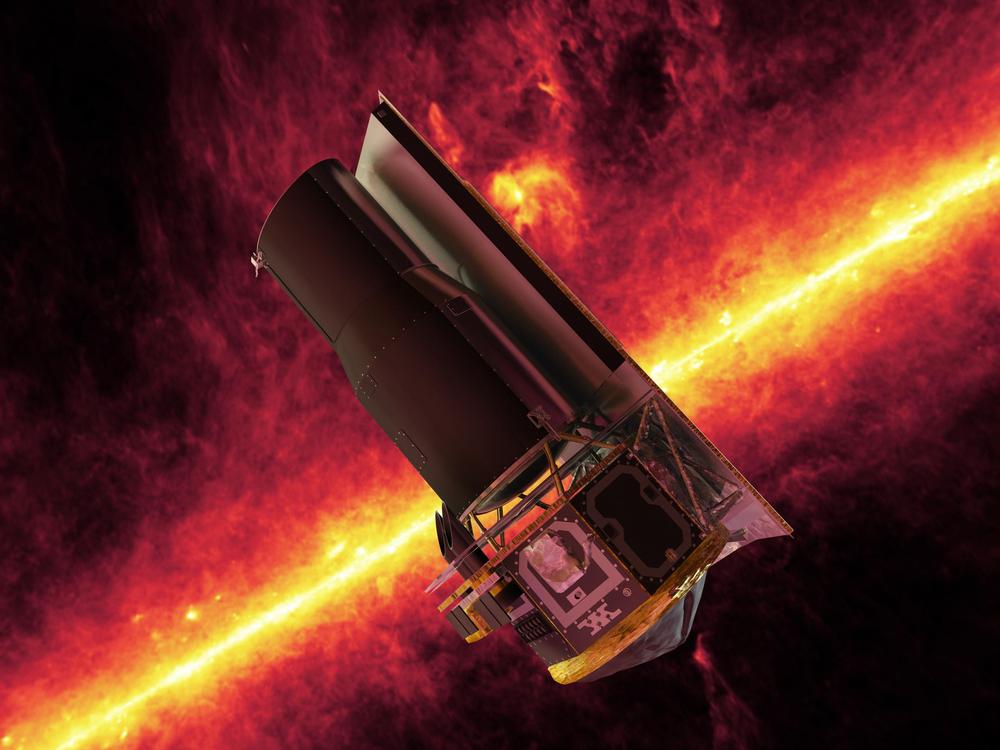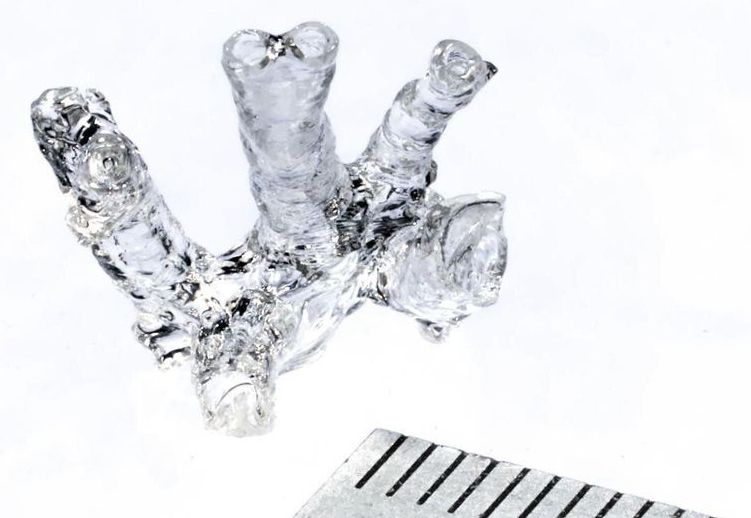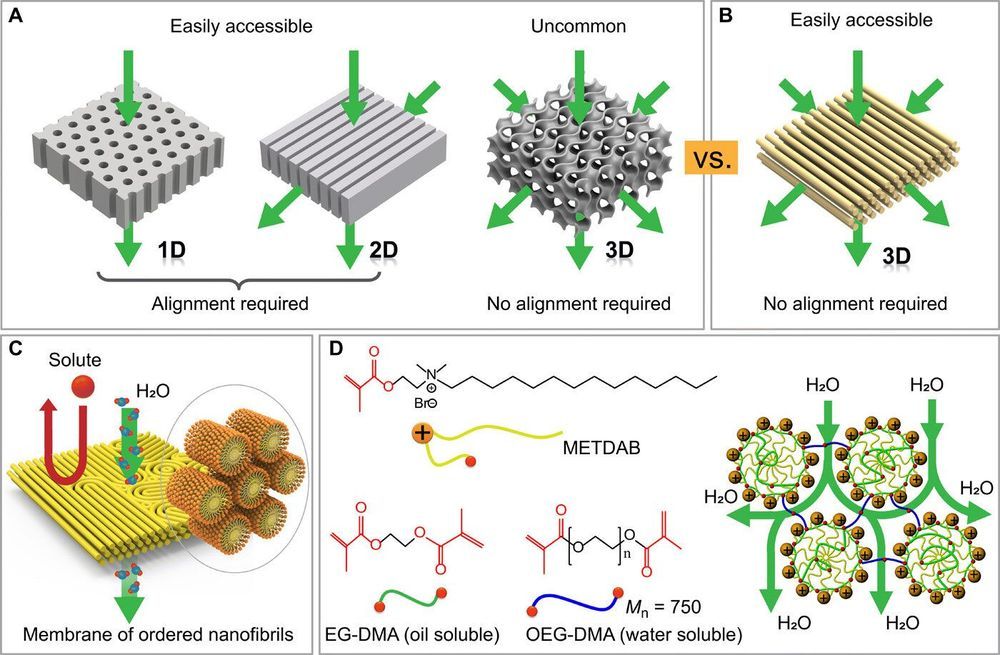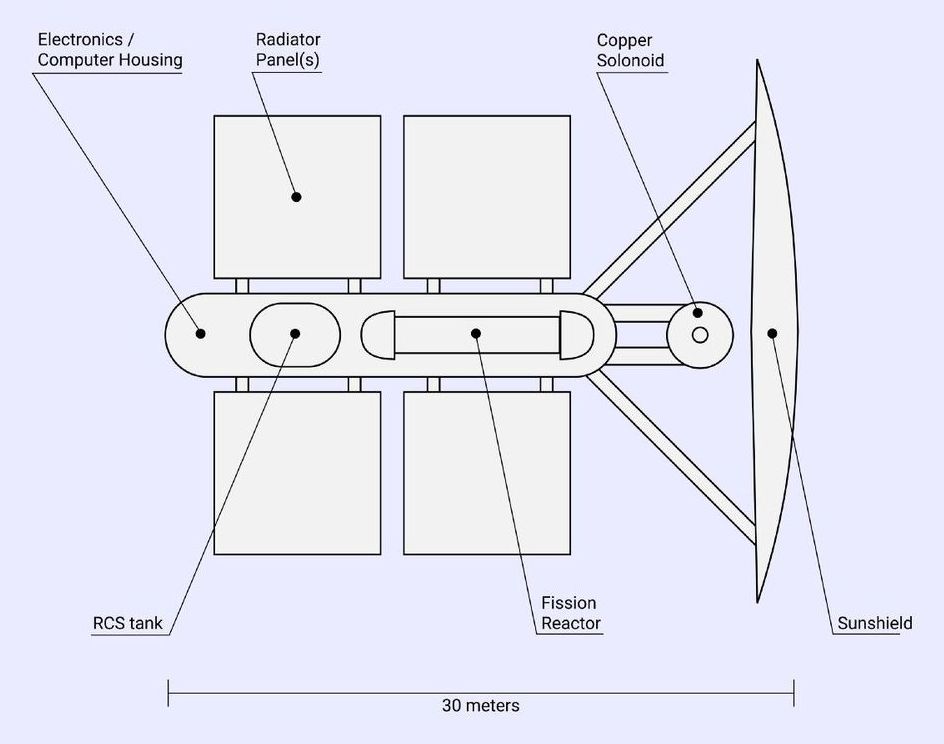Sometimes the line between science and science fiction is blurry, and it can be interesting to look at sci-fi stories through the lens of real science. Previous blog posts have explored whether genome engineering could be used to create the X-Men and Hawkeye, and we now turn to investigate whether Ant-Man’s powers could be engineered using CRISPR.
The character Ant-Man is remarkable, but can a real-life Ant-Man be possible? Perhaps the most obvious roadblock is, well, the laws of physics. In the first movie, Ant-Man gets his ant-like powers thanks to fictitious “Pym particles,” which reduce the distance between atoms while increasing density and strength.
There is also the problem of scaling in biological systems. If kept in proportion, our bodily systems simply wouldn’t work well shrunken down. Read discussions about the physics and scaling of Ant-Man here and here.







